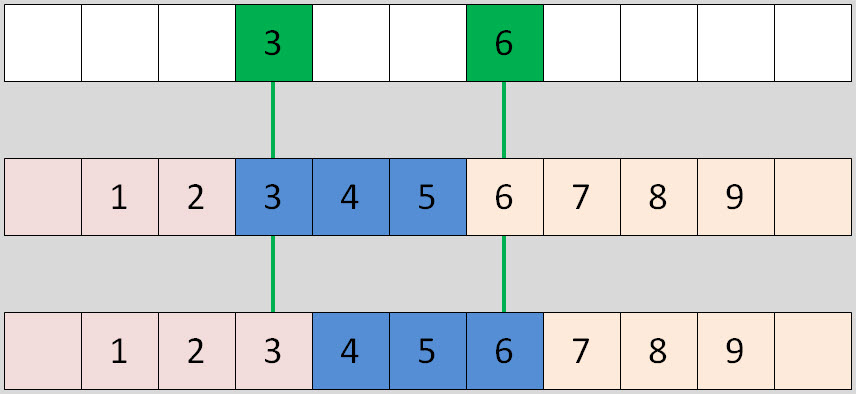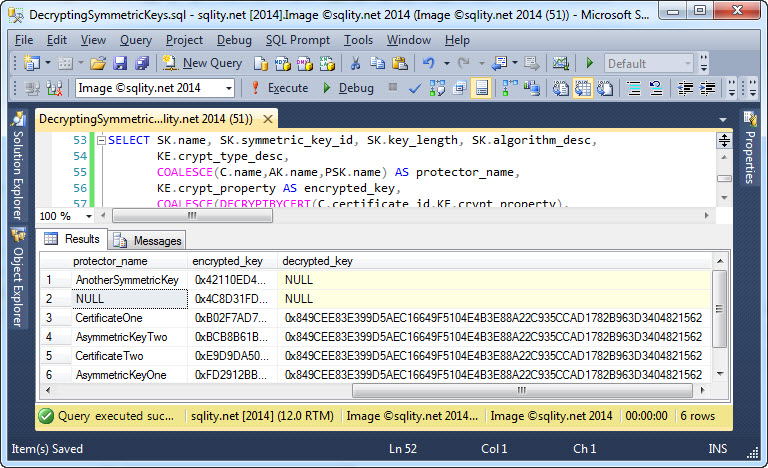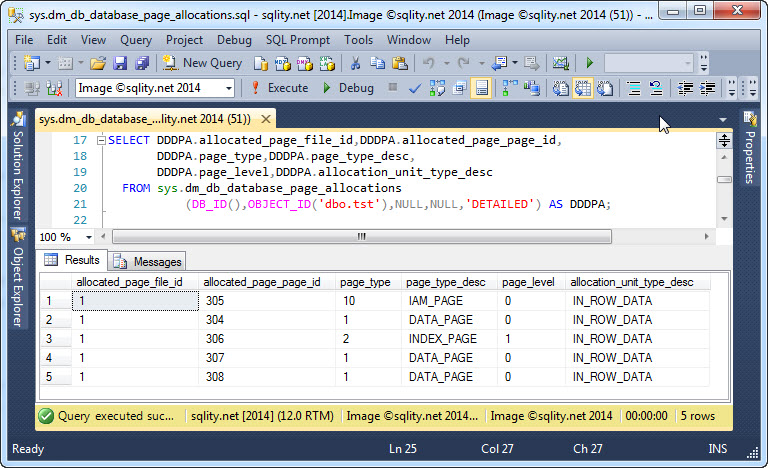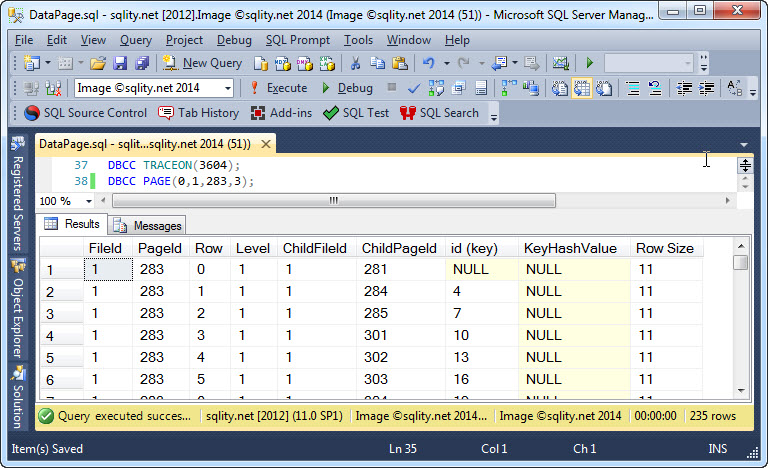Category: SQL Server Internals
-
Partition Boundaries – Left or Right: That is the Question

Do you know the difference between a RANGE LEFT and a RANGE RIGHT partition function? Read on and discover a unique query to determine the actual partition a row is stored in. With this query you can quickly confirm your RANGE-assumption or find out where you got it wrong.
-
How to Crack the Symmetric Keys in the Database Wide Open

Did you always want to get to the root of symmetric key encryption in SQL Server and actually decrypt a protected symmetric key? In some circumstances this can actually be done. Find out how to do this now.
-
The sys.dm_db_database_page_allocations DMF

Are you looking for an alternative to DBCC IND? Read on to see how the new sys.dm_db_database_page_allocations DMF can be used to return all pages for a particular table (or even all tables in a database).
-
Intermediate Index Pages in SQL Server

SQL Server stores indexes in B+ Tree format on disk. Each node is represented by a SQL Server page. The actual rows are stored in data pages while the index structure resides in intermediate index pages. Read on to find out more.
-
Hash Algorithms – How does SQL Server store Passwords?

How does SQL Server store its own passwords? Discover which hashing algorithm is used and how you can calculate your own password hash value in T-SQL.











